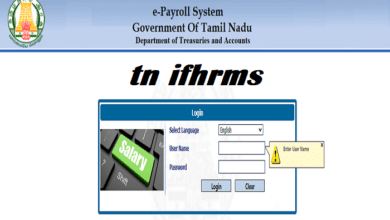A Comprehensive Guide to Parivrai

Parivrai, an often overlooked concept, has deep cultural and practical significance. It refers to a traditional practice or methodology rooted in ancient customs. Understanding Parivrai requires delving into its historical roots and the context in which it has evolved over time.
The Origins of Parivrai
The concept of Parivrai traces back to early civilizations. Historical records suggest that it was a system designed to address communal needs, promote harmony, and ensure equitable distribution of resources. By studying the origins of parivrai, one gains insight into how societies of the past managed their social and economic structures.
Applications of Parivrai in Modern Times
Parivrai isn’t just a relic of the past; it continues to have practical applications today. Modern communities have adopted Parivrai principles to foster cooperation, improve resource allocation, and enhance community well-being. Exploring contemporary uses of Parivrai sheds light on its enduring relevance and adaptability.
The Cultural Significance of Parivrai
Beyond its practical applications, Parivrai holds cultural importance. It symbolizes unity, mutual respect, and shared responsibility. By examining the cultural significance of Parivrai, one can appreciate its role in maintaining social cohesion and preserving traditional values.
The Benefits of Adopting Parivrai
Adopting Parivrai offers numerous benefits, including:
- Enhanced social harmony: By fostering mutual understanding and cooperation.
- Improved resource management: Ensuring fair distribution and sustainable practices.
- Strengthened community bonds: Encouraging trust and collaboration.
Exploring these benefits underscores why Parivrai remains a valuable framework.
Challenges and Criticisms of Parivrai
Like any system, Parivrai faces challenges and criticisms. Some argue that it may be too rigid for modern, rapidly changing environments. Others question its scalability and applicability in diverse cultural contexts. Addressing these challenges provides a balanced perspective on the concept.
How to Integrate Parivrai into Daily Life
Integrating parivrai into everyday life involves:
- Educating oneself about its principles.
- Identifying areas where its practices can improve efficiency and harmony.
- Encouraging community participation and dialogue.
By following these steps, individuals and communities can effectively incorporate Parivrai into their daily routines.
Conclusion
Parivrai is more than just a historical concept; it’s a living, adaptable framework that offers valuable lessons for modern society. By understanding its origins, applications, and cultural significance, we can embrace Parivrai as a tool for fostering harmony, sustainability, and social cohesion.
FAQs
1. What is Parivrai? Parivrai is a traditional practice rooted in ancient customs that promotes community harmony and equitable resource distribution.
2. How did Parivrai originate? It originated in early civilizations as a system to address communal needs and ensure fair resource management.
3. Can Parivrai be applied in modern times? Yes, Parivrai principles are used today to foster cooperation, improve resource allocation, and enhance community well-being.
4. What are the benefits of Parivrai? Benefits include enhanced social harmony, improved resource management, and strengthened community bonds.
5. What challenges does Parivrai face? Challenges include potential rigidity, scalability issues, and its adaptability to diverse cultural contexts.





